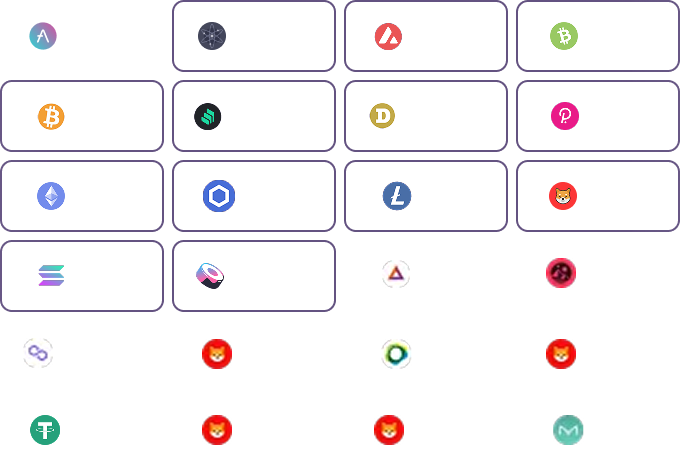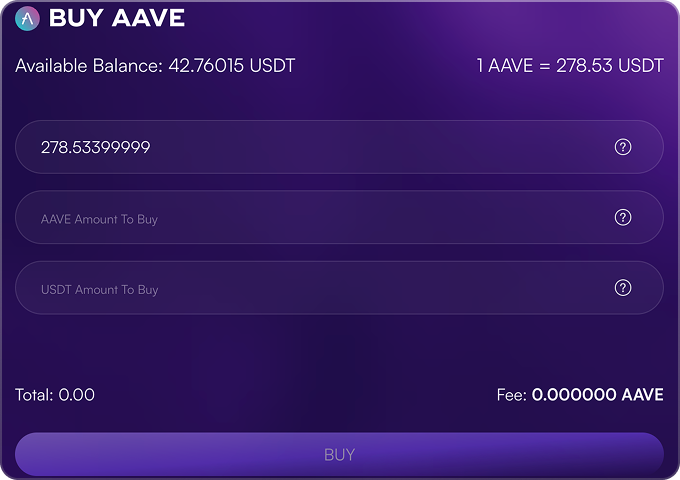
Polkadot’s DOT in 2025: Interoperability Giant or Just Another Token on the Shelf?
So you’re watching DOT. Makes sense. Since launching in 2020, Polkadot’s carved out its own lane: connecting blockchains that don’t normally speak the same language. Not just bridging them—actually letting them trade data, assets, ideas. It’s ambitious. It’s complicated. And yeah, it’s risky. So in June 2025, what’s the truth? Is DOT holding its own—or slipping under the weight of the hype? Let’s get into it.
What Polkadot Actually Gets Right
Polkadot’s whole thing is being a network of networks. Not a single chain to rule them all—more like a central nervous system that connects dozens of specialized blockchains, aka parachains. Think of the relay chain as the core, with parachains spinning off to handle specific use cases: DeFi, gaming, NFTs, identity. It’s not a theory. It’s live. Right now, Polkadot’s running with over 50 active parachains, pushing through millions in monthly cross-chain volume (CoinGecko). And it’s not just fluff. This is real utility—especially when most of crypto is still a patchwork of siloed chains.
DOT fuels all of it. Governance, staking, launching new parachains—DOT is the heartbeat. And for stakers? There’s upside. You’re looking at around 11.2% APY (Coinpedia). Not massive, but solid in a market where yields keep getting squeezed. The network uses Nominated Proof-of-Stake, which spreads power out and lets people nominate validators. And here’s the flex—just 93 out of 297 validators hold 33% of staked tokens (CCN). That’s real decentralization, not just marketing spin.
Then there’s how the network evolves. Polkadot doesn’t hard fork. It upgrades itself on-chain. No drama. No splits. Polkadot 2.0 is around the corner—bringing things like elastic scaling and agile core time, which will make life easier for devs and boost throughput (Cryptonews). Snowbridge is coming too—a direct line between Polkadot and Ethereum that skips the sketchy middle layers.
It’s technical. It’s clever. It’s promising.
Yeah, But There’s Luggage
Now, let’s be real—DOT’s not coasting. There are pressure points, and they’re not small.
Start with the competition. Cosmos’ IBC setup is smoother to build with, and Avalanche’s subnets offer the same “make-your-own-chain” vibe. Meanwhile, Ethereum’s L2s are crushing it. DOT’s around a $6.5B cap right now—about even with ATOM, but still miles behind Ethereum (CoinMarketCap). In a crowded market, that’s a hard place to stand out.
There’s also the inflation issue. DOT’s got a 6.83% annual inflation rate (YouHodler). It’s what keeps the network moving, but if growth doesn’t match that pace, holders get diluted. Fast. There’s no hard cap like Bitcoin. Some folks are uneasy. Just scroll through X—people are asking real questions. @Yoked_seal_3 had a thread about it that blew up. And price-wise? DOT’s seen it all. From $55 in late 2021 to $4.16 in June 2025. That’s a 92% drop (Coinbase). Ouch.
Complexity’s another issue. The parachain model sounds slick, but it’s hard to work with. Developers have to compete in auctions, bonding DOT just for a shot at building. Lose the auction? Wait your turn. That turns some devs off. A guy on Reddit straight-up said Solana and Sui are just easier to ship on.
And governance? Far from flawless. OpenGov was supposed to fix things, but whales still move proposals. One vote drained the treasury. Another handed out grants with no accountability. @DonnieBigBags called it out last month—and he wasn’t wrong.
The Origin Story Still Matters
Go back to 2016. Ethereum’s scaling issues were obvious. Gavin Wood, one of ETH’s co-founders, dipped and started Polkadot. He wasn’t trying to build a faster Ethereum—he wanted something completely new. Interoperable. Scalable. Modular. It launched in 2020, and in the bull run that followed, DOT popped off—$2.79 to $47.95 by May 2021 (Capital). Then came the comedown. The bear market cleaned house, and DOT didn’t dodge it. But Polkadot didn’t stop building. The Sinai upgrade on Acala in 2024 gave the network a jolt, and in October alone, over 32 million transactions were confirmed (Cryptopolitan). It’s not hype—it’s throughput.
Now, in mid-2025, the space is crowded. Ethereum’s post-Merge updates made it leaner. Solana’s still fast as hell. Cosmos keeps making developer tools easier. Polkadot’s staying in the game, though. It’s showing up big at the 2025 Consensus Conference in Hong Kong. And DOT’s on the radar of institutions—Grayscale and 21Shares both filed for ETFs (Coinbase). But no one’s forgotten the 2022 wallet freeze. A multi-sig bug locked $90 million from Polkadot’s ICO (Coinbureau). That’s a scar—and it hasn’t fully faded.
Where It’s Going (and What to Watch)
So what’s the play?
- •
The Polkadot network is alive and kicking—32 million monthly transactions, wallet growth, and Polkadot 2.0 coming in hot (Cryptopolitan). Price predictions are all over the place. Coinpedia’s calling for $10.40 by year-end. Others say it might top $13.90. But some folks are still bearish—if sentiment turns or another exploit hits, $3.47 isn’t off the table (CryptoNewsZ).









